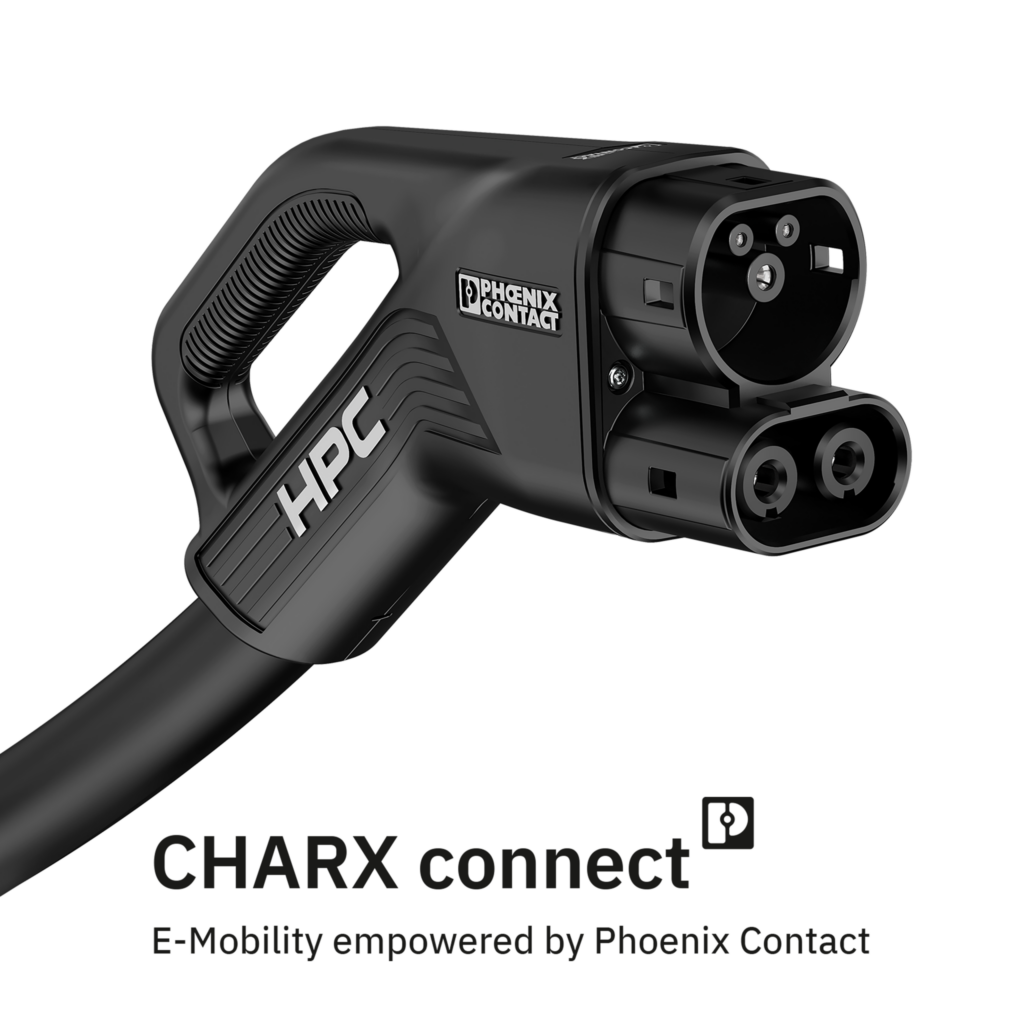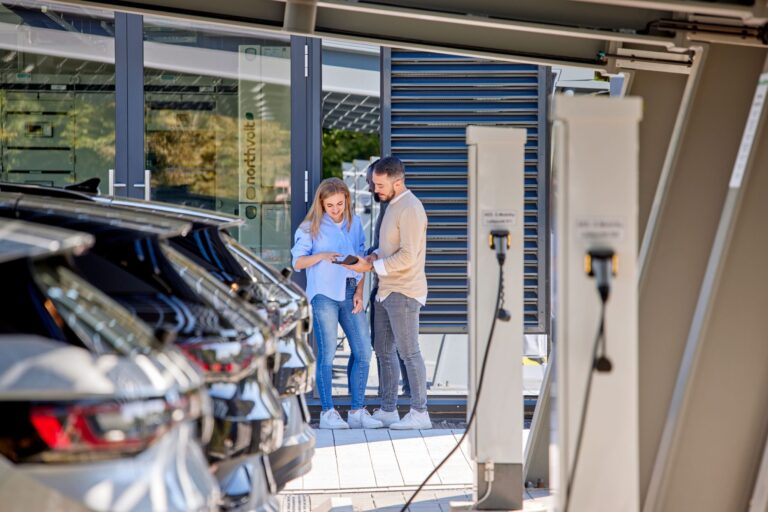By 2025, the theft of charging cables has become a serious problem for the entire e-mobility industry. Public charging infrastructure operators are particularly affected, as they bear the high costs of replacement and downtime. But charging station manufacturers, who have to develop additional security concepts, are also feeling the consequences. And the consumer? Suffers. Because electric car drivers are dependent on a reliable charging infrastructure.
What used to be an isolated occurrence now seems to be happening systematically, causing considerable damage to reputations and, not least, jeopardizing defined expansion targets in Europe. Operators of public charging infrastructure have recently reported a sharp increase in cable thefts since this summer – with significant consequences for the availability of charging points and the economic viability of operations.
Why cable theft now?
Two factors play a role: On the one hand, copper prices have risen significantly in recent months, making the raw material particularly attractive to thieves. On the other hand, the charging infrastructure is growing rapidly, creating more potential crime scenes. The combination of high material value and increasing availability creates ideal conditions for organized crime.
The facts at a glance
- Sharp increase since July: Hundreds of cables have already been stolen from large operators.
- High damage per location: In addition to material costs, there are losses in revenue, labor costs, and the need for recertification under calibration law. Damage often runs into the high four-digit euro range per charging station.
- Locations affected multiple times: Some charging parks have already been damaged three or four times.
- 90% of the stolen cables are uncooled: A decisive clue as to the perpetrators’ motivation.
The perpetrators appear to be organized and targeted. The reason is clear: copper. Uncooled cables contain more copper and are therefore particularly attractive.
Why simple solutions don't work
Mechanical locks, armored cables, or dye markings sound like quick answers for the industry. But in practice, they often fail due to cost, usability, or effectiveness. Electronic surveillance systems are also only suitable to a limited extent, as they risk false alarms and require additional investment.
Our approach
Less copper through cooling, more safety and comfort
The most effective and customer-friendly measure against cable theft is copper reduction. This is precisely where cooling can make a big difference. HPC fast-charging cables have to transmit large amounts of energy, which requires a high copper content. Active liquid cooling of the cables during the charging process can significantly reduce the copper cross-section without compromising performance.
The result: less copper in the cable, less economic incentive for thieves. And thus an effective contribution to prevention.
This approach follows a principle that has already proven itself in other industries: the lower the value of the stolen goods, the lower the incentive to commit the crime. A clear example is the ATM principle: the less cash in the machine, the less attractive it is to criminals.
Other winners from a reduction in copper in charging cables are electric car drivers, who benefit from improved handling. Cooled cables are lighter and more flexible, which makes the charging process more convenient. This convenience ultimately pays off for operators too, because satisfied customers come back. This is a decisive factor for operators who depend on high utilization of their charging parks.
What we do – and what we demand
At Phoenix Contact e-mobility, we are working with charging station manufacturers and cable suppliers on concepts for traceability and the further development of cooled cables. At the same time, we are involved in cross-industry working groups such as CharIN to promote practical solutions.
But the industry alone cannot solve the problem. We need clear signals from politicians, which could be as follows:
- Classification of charging infrastructure as critical infrastructure
- Effective criminal prosecution of cable theft through significantly tougher legal consequences
E-mobility is a joint project – and we are doing everything we can to ensure that this project is not jeopardized by avoidable setbacks.
What you as an operator can do now
- Consider using cooled cables as a preventive measure.
- Equip your locations with lighting and surveillance.
- Raise awareness: Even simple notices such as "There's nothing to steal here" act as a deterrent.
FAQ
Frequently asked questions
Why is cable theft currently on the rise?
Two factors play a role: rising copper prices make the material particularly attractive to thieves, and the rapid expansion of the charging infrastructure is creating more potential crime scenes. Organized gangs specialize in uncooled cables because they contain a higher proportion of copper.
What are the consequences of cable theft for operators?
In addition to the direct loss of material, there are high additional costs: labor time for replacement, re-certification under calibration law, and loss of revenue due to unavailable charging points. The damage per location can run into the high four-digit range.
Why are uncooled cables particularly affected?
Uncooled cables require a larger conductor cross-section to safely transmit high currents. This means more copper, higher material value—and thus an attractive target for thieves.
How does cooling reduce the copper content?
Active liquid cooling can significantly reduce the conductor cross-section without compromising the current carrying capacity. Less copper means less economic incentive for theft—and easier handling for the user.
What are the advantages of cooled cables for electric car drivers?
They are lighter and more flexible, which makes the charging process more convenient. Satisfied customers come back – a decisive factor for operators who depend on high utilization of their charging parks.
Discover suitable products now
Here you will find a selection of relevant products – based on the topics and recommendations from our blog post.






